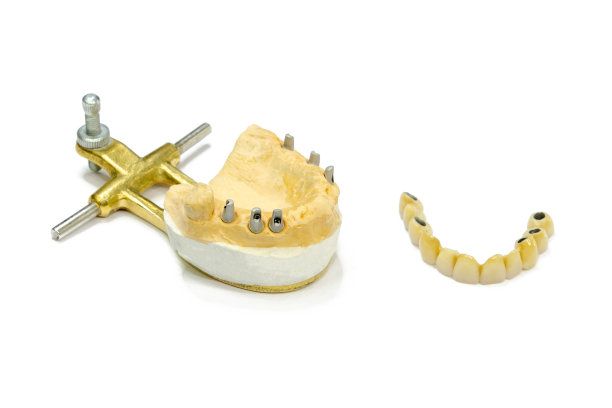Comprehensive Guide to Understanding Dental Implant Treatment for Long Lasting Oral Health and Aesthetic Benefits
Summary: Dental implants have revolutionized oral health and aesthetics by providing a reliable solution for tooth loss. This comprehensive guide explains the process of dental implant treatment, exploring its health benefits, aesthetic enhancements, procedural steps, and maintenance requirements. Understanding these elements will empower individuals to make informed decisions about their dental care. With the right knowledge, patients can achieve not only a brighter smile but also long-lasting oral health.
1. Health Benefits of Dental Implants

Dental implants play a crucial role in maintaining oral health. Unlike traditional dentures, they are anchored directly into the jawbone, preventing further bone loss. This stabilization ensures that the jaw retains its natural shape and structure over time.
Moreover, dental implants enhance chewing efficiency. With a secure fit, patients can enjoy their favorite foods without the fear of slipping or discomfort. This encourages a balanced diet, which is fundamental in promoting overall health.
Lastly, dental implants contribute to better oral hygiene. They can be cleaned like natural teeth, making it easier for individuals to maintain their dental care routine. This minimizes the risk of gum disease, which is often a concern for those with missing teeth.
2. Aesthetic Enhancements from Implants
One of the most significant advantages of dental implants is their aesthetic appeal. They are designed to mimic the appearance of natural teeth, ensuring that they blend seamlessly with existing teeth. This leads to a more attractive smile and boosts the patient’s confidence.
In addition to visual benefits, dental implants also preserve facial structure. The loss of teeth can lead to facial sagging, giving an aged appearance. Implants fill in these gaps, restoring volume and maintaining a youthful look.
Furthermore, implants do not compromise the integrity of adjacent teeth. Unlike bridges that may require alteration of neighboring teeth, implants stand alone, offering a more conservative and visually appealing solution.
3. The Dental Implant Procedure Explained
The dental implant process begins with a comprehensive consultation. During this phase, the dentist assesses the patients oral health and determines the necessity of additional treatments, such as bone grafting if required.
Afterwards, a titanium post is surgically implanted into the jawbone. This post acts as the root of the new tooth, and over time, it integrates into the bone through a process called osseointegration. Patients typically find this recovery phase manageable, with minimal discomfort.
Finally, once the implant has healed, a crown is placed on the post, completing the restoration. The entire procedure can take several months, but the results are long-lasting and worth the wait.
4. Maintaining Long-lasting Dental Implants
Once dental implants are in place, maintenance is key to ensuring their longevity. Regular dental check-ups and cleanings are essential as they help identify any potential issues early on.
At-home care is just as critical. Practicing good oral hygiene by brushing and flossing regularly will prevent plaque accumulation around the implants. Special dental tools may also be recommended to ensure thorough cleaning.
Additionally, it is important to avoid harmful habits such as smoking, which can hinder healing and increase the risk of implant failure. Maintaining a healthy lifestyle with a balanced diet and avoiding excessive alcohol can also promote better implant stability.
Summary:
The exploration of dental implant treatment reveals its multifaceted advantages, from improved oral health and aesthetics to detailed procedural steps and essential maintenance. With informed choices and proper care, dental implants can provide a lasting solution to tooth loss, enhancing both appearance and overall well-being.
This article is compiled by Vickong Dental and the content is for reference only



